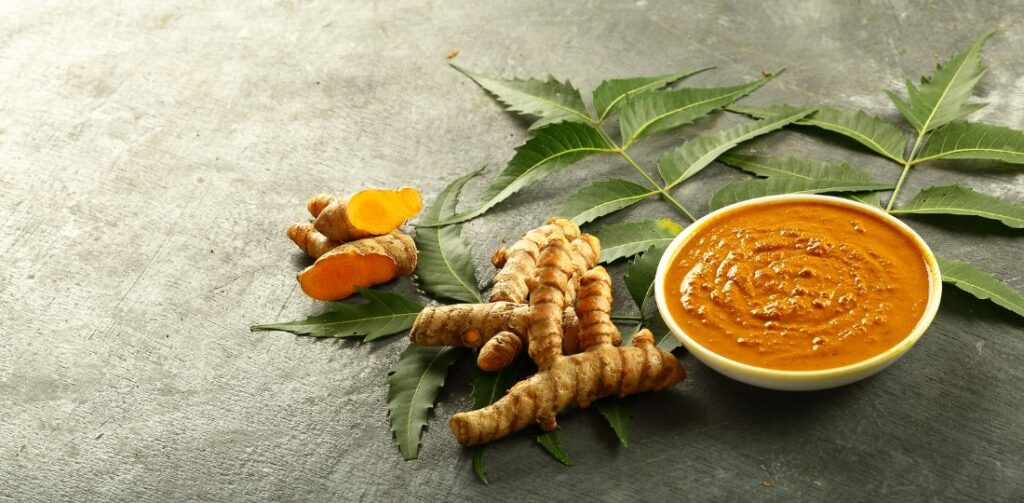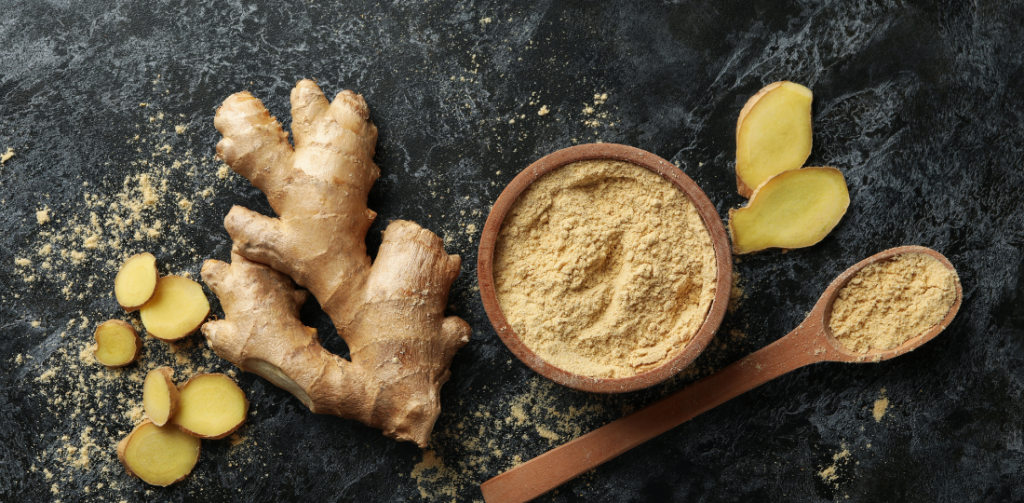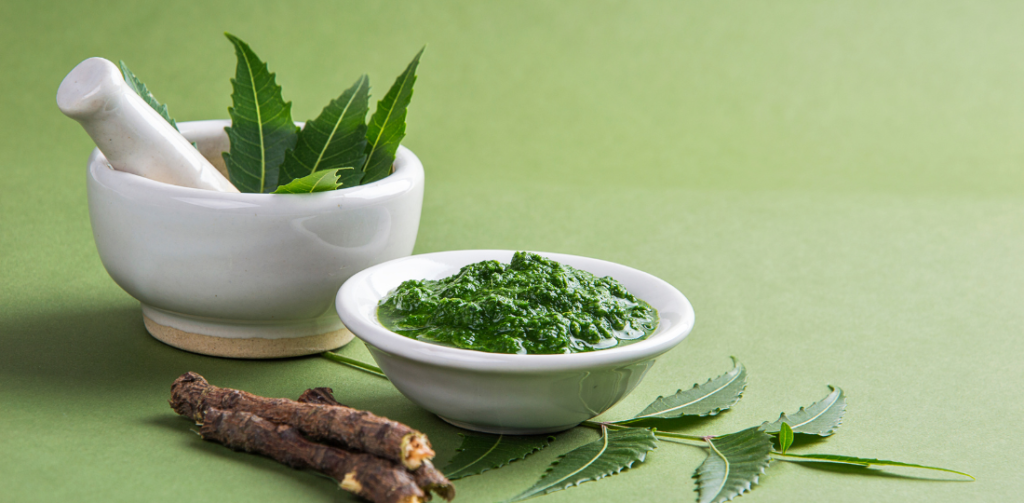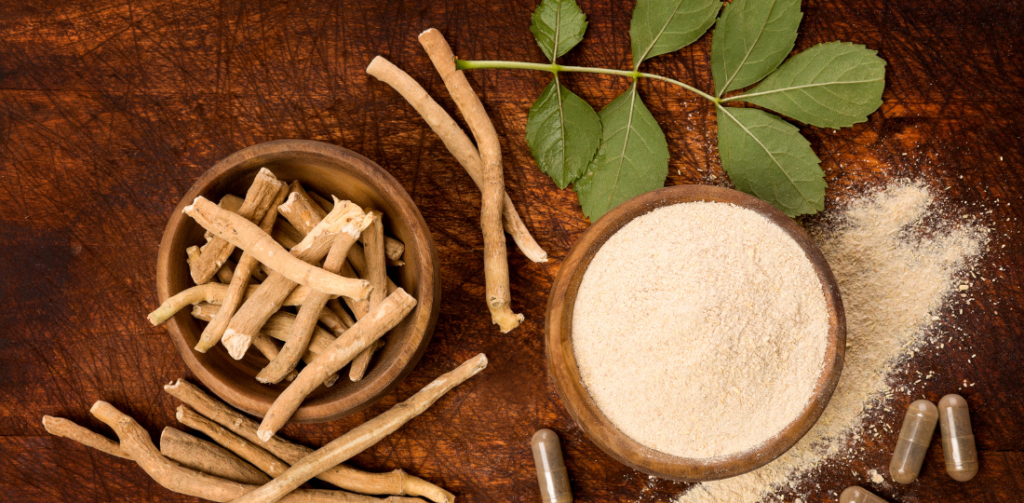Have you ever wondered how Nepali people treated illnesses before modern medicine? Nepal has a rich tradition of Ayurvedic healing with Ayurvedic Remedies. These natural remedies have helped generations stay healthy. They use local plants and herbs found in the Himalayan region.
I spent three months in rural Nepal learning about traditional healing practices. The knowledge passed down through families amazed me. Local healers shared their wisdom about plants and herbs that grow abundantly in the region. These remedies treat everything from common colds to digestive issues.
Ayurveda focuses on balance between mind body and spirit. It’s not just about treating symptoms. It aims to fix the root cause of illness. This ancient system has worked for thousands of years. Many Nepalis still prefer these treatments over modern medicine.
What is Ayurveda and Why is it Popular in Nepal?
Ayurveda means “knowledge of life” in Sanskrit. It began over 5000 years ago in South Asia. Nepal has embraced this healing system throughout its history. The country’s diverse plant life makes it perfect for Ayurvedic medicine.
Nepal’s geography ranges from tropical lowlands to alpine highlands. This diversity creates an ideal environment for medicinal plants. Over 700 plants with healing properties grow here. Many families keep small gardens with common medicinal herbs.
Most Nepali villages have at least one Ayurvedic practitioner. These healers learn through apprenticeship and family tradition. They understand the local plants and their uses. Rural communities especially rely on these healers when modern healthcare is far away.
Ayurveda treats the person, not just the disease. It considers your body type and specific imbalances. This personalized approach appeals to many Nepalis. They appreciate treatments tailored to their unique needs.
Remedy #1: Tulsi (Holy Basil) for Respiratory Problems
Tulsi stands as Nepal’s most revered medicinal plant. Almost every Nepali household grows this sacred herb. Its strong aroma fills the air when you crush its leaves. The plant helps with coughs, colds, and breathing issues.
The monsoon season brings respiratory problems to many Nepalis. Tulsi tea provides quick relief from these symptoms. People boil fresh leaves in water for five minutes. They sometimes add ginger and honey for extra benefits.

“My grandmother taught me to make tulsi tea when I was sick,” says Ram Sharma, a farmer from Pokhara. “It works better than any medicine from the pharmacy.”
Tulsi contains natural compounds that fight infection. It helps clear mucus from airways. The herb also reduces inflammation in the throat and lungs. Many Nepalis drink tulsi tea daily during cold seasons as prevention.
For serious respiratory infections, healers make a stronger remedy. They combine tulsi with black pepper and honey. This mixture helps break stubborn chest congestion. Children particularly benefit from this gentle yet effective treatment.
Remedy #2: Turmeric (Besar) for Immune Support and Inflammation
Turmeric gives curry its yellow color. In Nepal, people value it more as medicine than spice. This golden root grows in Nepal’s lower regions. Locals use it for everything from wounds to joint pain.
Most Nepali kitchens keep fresh turmeric roots ready for use. When someone feels sick, they make “besar pani” (turmeric water). This simple drink helps boost immunity. It contains one teaspoon of turmeric powder in warm water.
“I give my children besar pani every morning during flu season,” explains Sita Thapa from Kathmandu. “They get sick less often than their classmates.”

Turmeric contains curcumin, a powerful anti-inflammatory compound. It helps reduce fever and body aches. Many Nepalis apply turmeric paste directly to wounds. The paste prevents infection and speeds healing.
For joint pain, which affects many mountain dwellers, a special remedy exists. People mix turmeric with warm mustard oil. They gently massage this mixture into painful joints. Relief often comes within minutes. This treatment works especially well for arthritis.
Remedy #3: Ginger (Aduwa) for Digestive Issues
Stomach problems trouble many Nepalis due to varying water quality. Ginger provides an effective solution for most digestive complaints. This knobby root grows abundantly in Nepal’s middle hills region.
Fresh ginger tea helps with nausea, indigestion, and gas. People slice or grate the root and boil it for ten minutes. This strong-tasting tea settles the stomach quickly. Many drink it after heavy meals to aid digestion.

“When I have stomach pain, I chew a small piece of raw ginger,” says Krishna Tamang, a porter from the Everest region. “It works within minutes.”
For morning sickness, pregnant women in Nepal often carry ginger candies. These sweet treats help manage nausea without medications. Making them involves boiling ginger juice with sugar until it forms hard candy.
Persistent digestive issues require a stronger remedy. Healers combine ginger with cumin and coriander seeds. This mixture helps with chronic indigestion and bloating. People take a spoonful after meals for continued relief.
Remedy #4: Neem (Margosa) for Skin Problems and Infections
Neem trees grow in Nepal’s Terai region. Their bitter leaves treat various skin conditions. Many Nepalis use neem for rashes, infections, and even lice. This versatile plant acts as a natural antibiotic.
During hot seasons, skin infections become common. Neem leaf paste provides relief from itching and inflammation. People crush fresh leaves with a little water. They apply this paste directly to affected areas.

“I had a persistent rash that modern medicine couldn’t cure,” recalls Anita Magar from Chitwan. “Neem paste cleared it in just three days.”
For fungal infections that plague many during monsoon season, neem works wonders. People soak crushed leaves in water overnight. They wash affected areas with this water daily. Improvement usually shows within a week.
Neem also helps with internal infections. Some healers make neem leaf tea for urinary tract infections. Though bitter tasting, this tea effectively fights bacteria. Many Nepalis combine it with honey to improve the taste.
Remedy #5: Ashwagandha for Stress and Energy
Life in Nepal’s mountains can be physically demanding. Ashwagandha helps people maintain energy and manage stress. This herb grows in the drier regions of central Nepal. It strengthens the body’s resilience to physical and mental challenges.
Many Nepali elders take ashwagandha powder mixed with warm milk. This nighttime drink improves sleep quality and reduces anxiety. People often add honey or cardamom to enhance the flavor. The effects build up over time with regular use.

“I couldn’t sleep well after my husband died,” shares Parvati Shrestha, 68. “Ashwagandha milk helped me rest and regain my strength.”
For those doing physical labor, ashwagandha provides sustained energy. Mountain farmers take it during planting and harvest seasons. The herb reduces fatigue without the crash that comes from caffeine. Many notice improved stamina within two weeks.
Nepali Ayurvedic doctors combine ashwagandha with other herbs for specific conditions. For memory problems, they mix it with brahmi. For reproductive health, they combine it with shatavari. These combinations address multiple health aspects simultaneously.
How to Use These Remedies Safely
Ayurvedic remedies work best when used properly. Start with small amounts to test your body’s reaction. Increase gradually as needed. Most Nepali families adjust dosages based on age and body size.
Pregnant women should consult knowledgeable practitioners before using herbs. Some remedies might not be safe during pregnancy. Local healers know which herbs to avoid and which are beneficial.
People with existing health conditions need extra caution. Certain Ayurvedic remedies might interact with medications. Always inform your doctor about any herbal treatments you use.
Quality matters greatly in Ayurvedic medicine. Use fresh herbs when possible. Store dried herbs in cool dark places. Replace them if they lose their distinctive smell or color.
“The most common mistake is using too much,” warns Ayurvedic practitioner Dr. Season Koju. “More doesn’t mean better with herbs. Follow traditional measurements.”
Modern Research Supporting Traditional Practices
Scientific studies increasingly confirm what Nepalis have known for centuries. Tulsi shows proven antibacterial and antiviral properties. Research supports its use for respiratory infections.
Turmeric’s anti-inflammatory effects have been extensively studied. Clinical trials show it reduces pain and inflammation. Some studies suggest it works similarly to conventional medications but with fewer side effects.
Ginger has demonstrated effectiveness against nausea in multiple studies. Research shows it helps with morning sickness, motion sickness, and chemotherapy-induced nausea. Its digestive benefits have solid scientific backing.
Neem contains compounds that fight bacteria, fungi, and parasites. Studies confirm its effectiveness against many skin pathogens. Research supports its traditional use for skin conditions.
Ashwagandha has been the subject of numerous clinical trials. Studies show it reduces cortisol levels and improves stress resistance. Research also supports its traditional use for enhancing energy and vitality.
As modern medicine advances, Ayurveda remains relevant. Many Nepalis combine both approaches for optimal health. They use traditional remedies for prevention and minor ailments. They seek modern care for serious conditions.
By preserving these traditional practices, Nepal maintains an important aspect of its cultural identity. These remedies connect people to their ancestors and the natural world. They represent wisdom that deserves respect and continued use.


